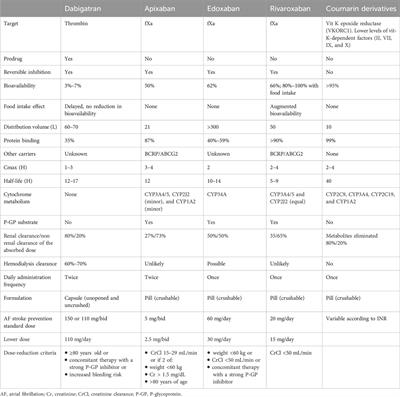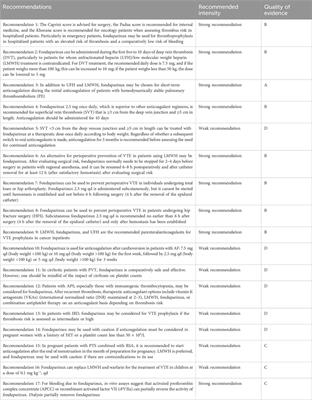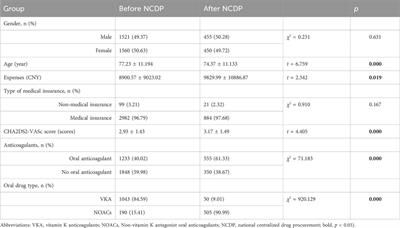EDITORIAL
Published on 25 Jul 2024
Editorial: Pharmacological therapy in patients with arrhythmias
doi 10.3389/fphar.2024.1465539
- 410 views
3,585
Total downloads
10k
Total views and downloads
You will be redirected to our submission process.
EDITORIAL
Published on 25 Jul 2024
ORIGINAL RESEARCH
Published on 27 Jun 2024

REVIEW
Published on 10 May 2024

REVIEW
Published on 11 Mar 2024

ORIGINAL RESEARCH
Published on 22 Feb 2024

ORIGINAL RESEARCH
Published on 20 Feb 2024

